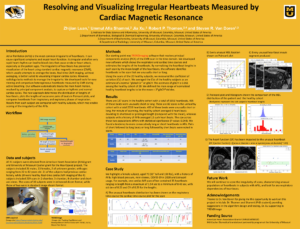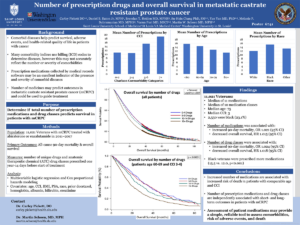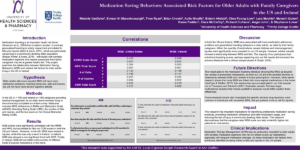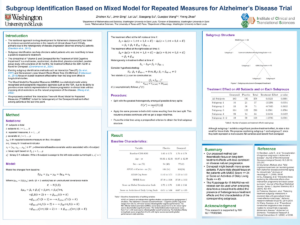Introduction: Atrial fibrillation (AFib) is the most common irregularity of heartbeats. It can cause significant symptoms and impair heart function. Its irregular and often very rapid heart rhythm can lead to blood clots that cause stroke or heart attack, especially as the patient ages. The irregularity of heartbeats has prevented visualization of the heart using […]
20. Resolving and Visualizing Irregular Heartbeats Measured by Cardiac Magnetic Resonance



